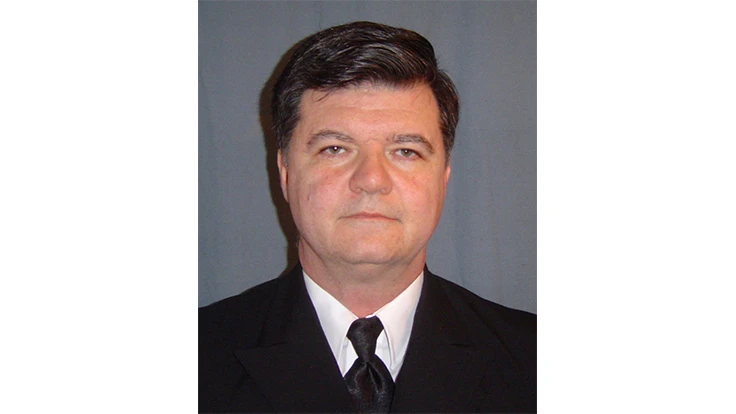
|
|
For six years while in the submarine business, I was on the distribution list for U.S. Navy Accident Reports, complete with crime scene-like glossy, 8x10 black-and-white photos but with the names blacked out. Each month a 4-inch thick stack would show up on my desk and I would dread what I might see. The stories were grim lessons and I learned a lot about “what not to do,” but my analysis was supposed to be about how these incidents could have been prevented. However, I was not finding a pattern. Frustrated, I asked one of the old-timers what he thought. He shot back: “There are no such things as accidents; there are only traps waiting to spring on unsuspecting people,” which brought an abrupt end to our conversation. Thinking about what he said I looked at the detailed reports for how the traps were set, what lured the unsuspecting human into them, and when sprung how they managed to do so much damage. Sure enough, there was a pattern in every case. As for what would have prevented these “accidents” from happening, I found in almost every case to form the trap, spring it and create maximum damage required a minimum of nine separate conditions. Removing any one would have resulted in there not being an accident. Like a combination lock, if you miss any of the numbers, the lock will not open. In the case of accidents, if any of the required circumstances are not present, there will be no accident. The positive side is that for any accident that would cause severe injury, death or severe damage, you have nine opportunities to prevent the confluence of circumstances. In most cases, removing the individual dangers so they cannot combine to form the nine-layer deep accident is simple. Many of the things that contribute to an accident are simple housekeeping tasks, some are safety gear and others are things like guards or covers. Individually, they’re not a big deal, but in combinations the result can be catastrophic and the subject of an accident investigation complete with 8x10 glossy, black-and-white photos. SafetyA shop is a jungle filled with dangers. Learning to avoid traps that we used to think of as accidents takes time. When visiting a shop, you need someone to get between you and the dangers during your visit. If you are going to be there longer, you will need to learn shop survival skills. Safety trainingThe fastest way to learn is through the stories people share with each other. These are, of course, horror stories used as object lessons: how Ed was killed; how Jack lost his finger; how Henry lost the vision in his eye. Sometimes artifacts are kept around a shop to illustrate the stories, such as a piston with a valve imbedded in it, a rusting hulk of a rough mower that burned to the ground or a Cushman that had been folded in half. Once you heard a few of these stories, then the first pages of each technical manual, where they list of dangers and warnings, have real meaning to you. LanguageSome words used on signs have special meaning:
Common mishapsOnce you have taken a quick look at the Red Cross First Aid book, you can work backward from the injury to see how the injury could be created by the things around you in the shop. Typical traps found in shops involve heavy weights, high pressures, high temperatures, flames, oil, gasoline, exhaust fumes, electricity and solvents. If you can figure out how to unspring these traps, then you can alleviate many accidents. Overlooked safety must-havesYour first-aid kit should contain useful amounts of sterile tools and materials for making temporary repairs to damaged humans. Stopping the bleeding, restarting a heart and getting them breathing again are all useful skills to add to your resume. These repairs need to hold up long enough to get the person to the emergency room or to treat minor injuries. I’ve added blue carpenters tape to my first-aid kit because it sticks to damp skin and to itself, and is easy to remove. In addition, safety shower, the eye-wash station, even a sink with a mirror will all be used frequently – even if no one admits to it. Paul F. Grayson is the Equipment Manager for the Crown Golf Club in Traverse City, Mich., a position he’s held for the past decade. Previously, he spent 8½ years as the equipment manager at Grand Traverse Resort & Spa. Prior to that, he worked as a licensed ships engine officer sailing the Great Lakes and the oceans of the world. |

Explore the April 2015 Issue
Check out more from this issue and find your next story to read.
Latest from Golf Course Industry
- GCSAA’s Health in Action 5K/2K reaches fundraising goal
- Landscapes Golf Management to participate in data analyzation initiative
- Reel Turf Techs: Carl Michael
- Atlanta Athletic Club approves funding for master plan
- Maximizing Cultural Practices and Agronomic Benefits with Minimal Surface Disruption
- Real Answers about Spray Nozzle Choices
- From the Course to the Factory: How Customer Insights Drive Innovation
- New & Proven Enzyme Strategies for Sprayable Thatch Management






